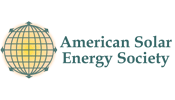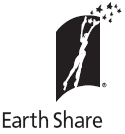GfK Roper Consulting, a division of GfK Custom Research North America ( www.gfkamerica.com ), today released its
2007 GfK Roper Green Gauge(R) study, finding the vast majority (87%) of consumers agreeing they are seriously concerned about the environment. In fact, most Americans are looking to the federal government to strengthen their enforcement of green regulations and (73%), while they say having a balance between economic growth and environmental protection is the goal, the environment should come first when a conflict arises (52%).
The top five environmental issues weighing heaviest on America's minds are water pollution and rainforest destruction (56%), diminishing fresh water supply (55%), fuel and energy shortages (54%) and man-made outdoor air pollution (53%). Asked who should take the lead in addressing these and other environmental issues, half of consumers (50%) rank the federal government first and 62% believe current legislation does not do enough to positively impact the environment.
Many Shades of Green
Segmenting consumers based on their green attitudes and actions, the study identified five key groups:



